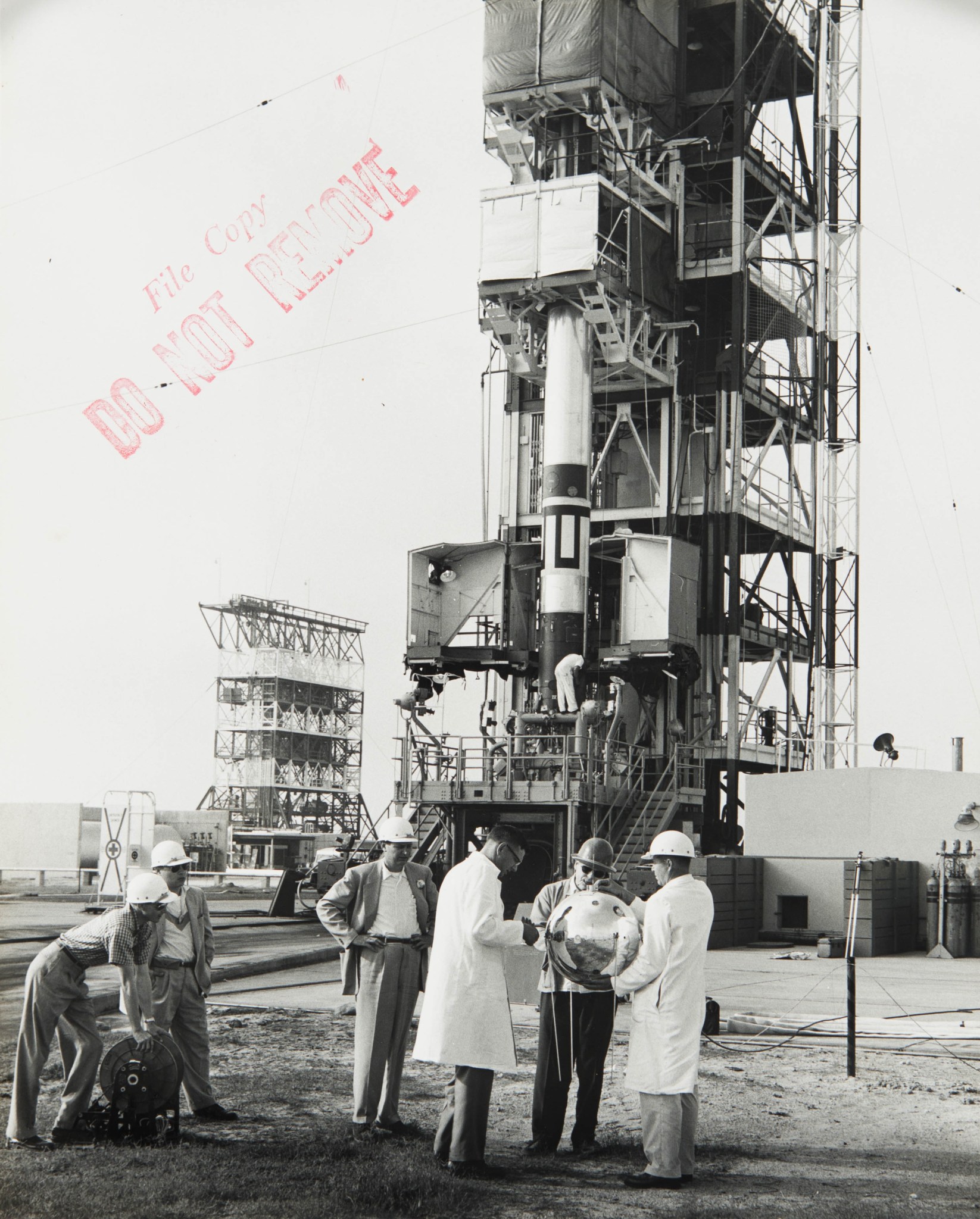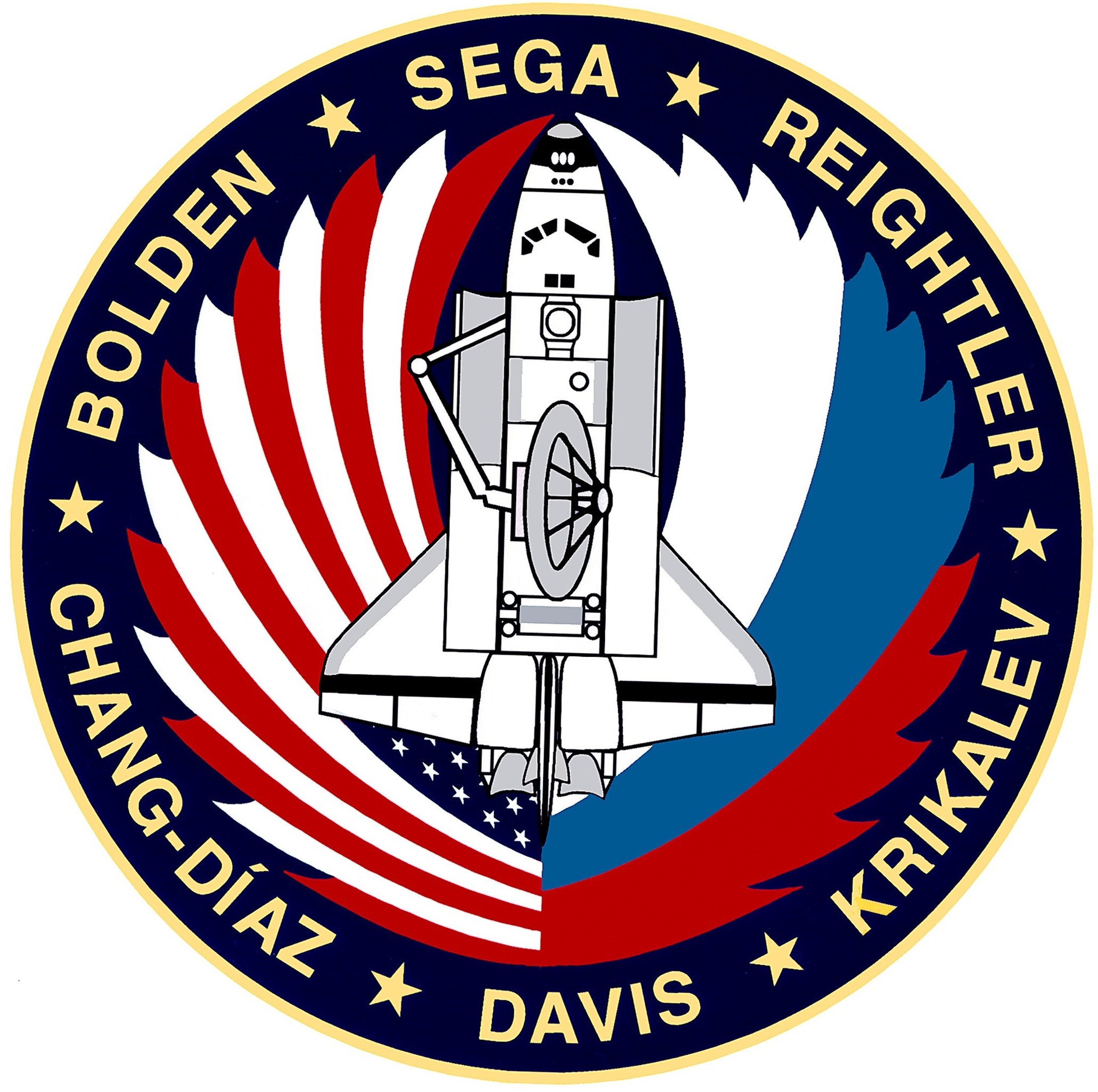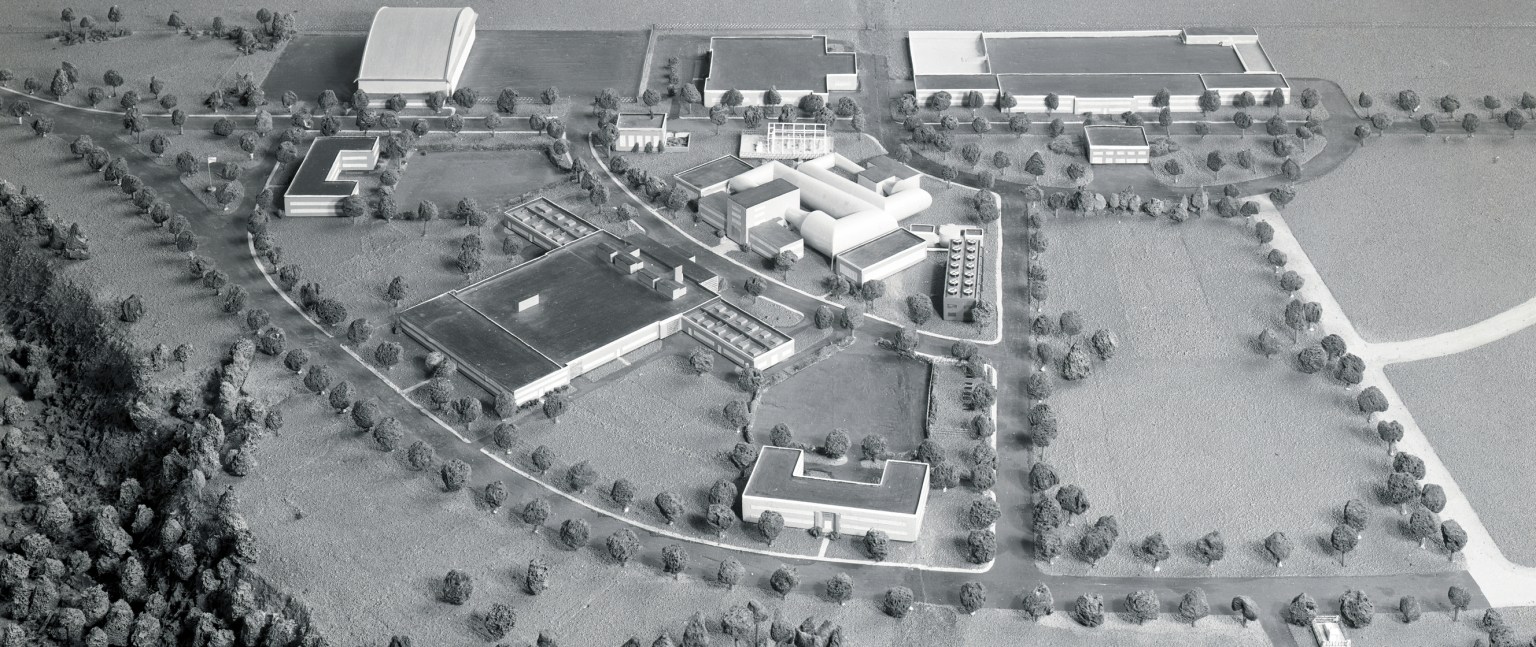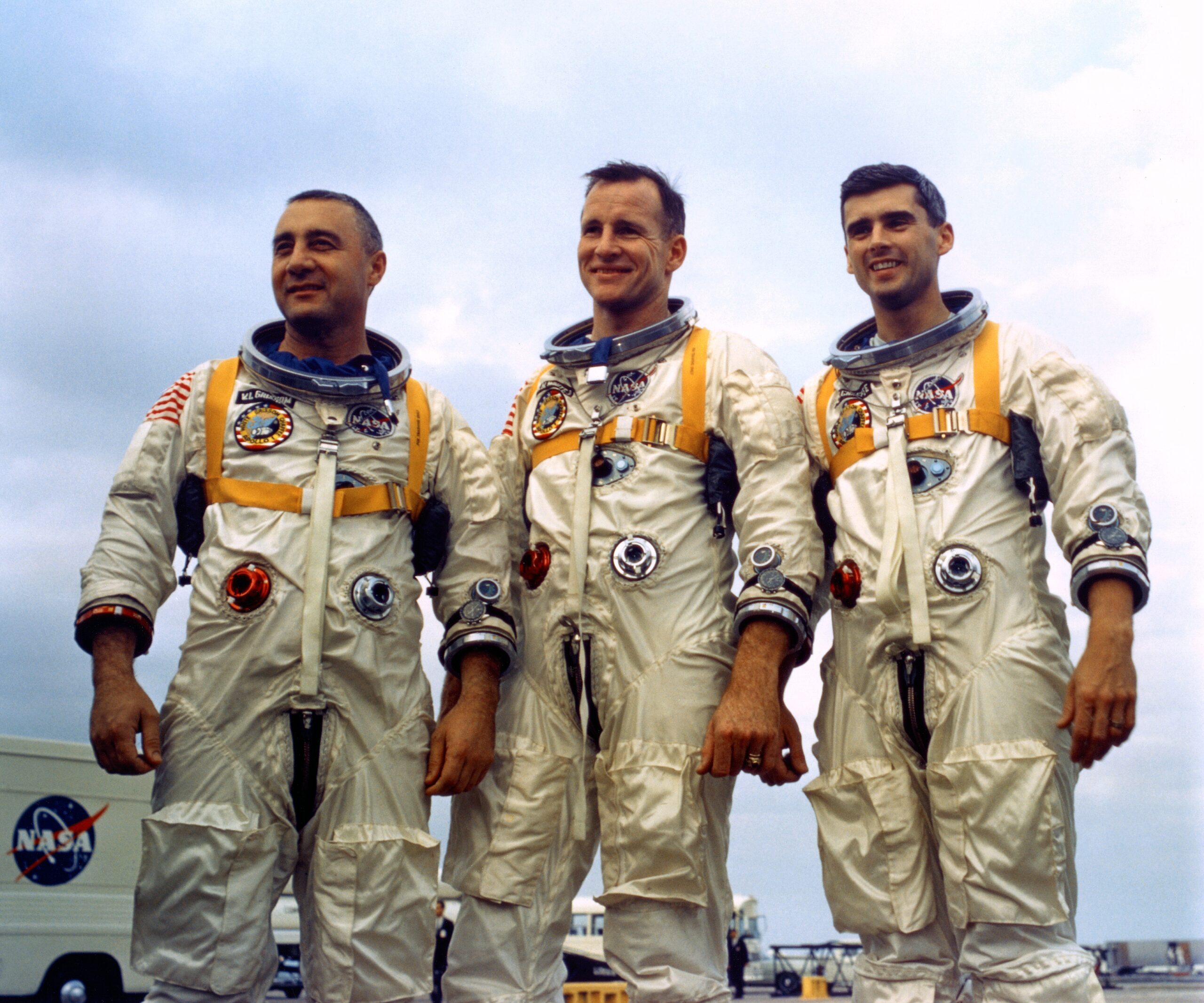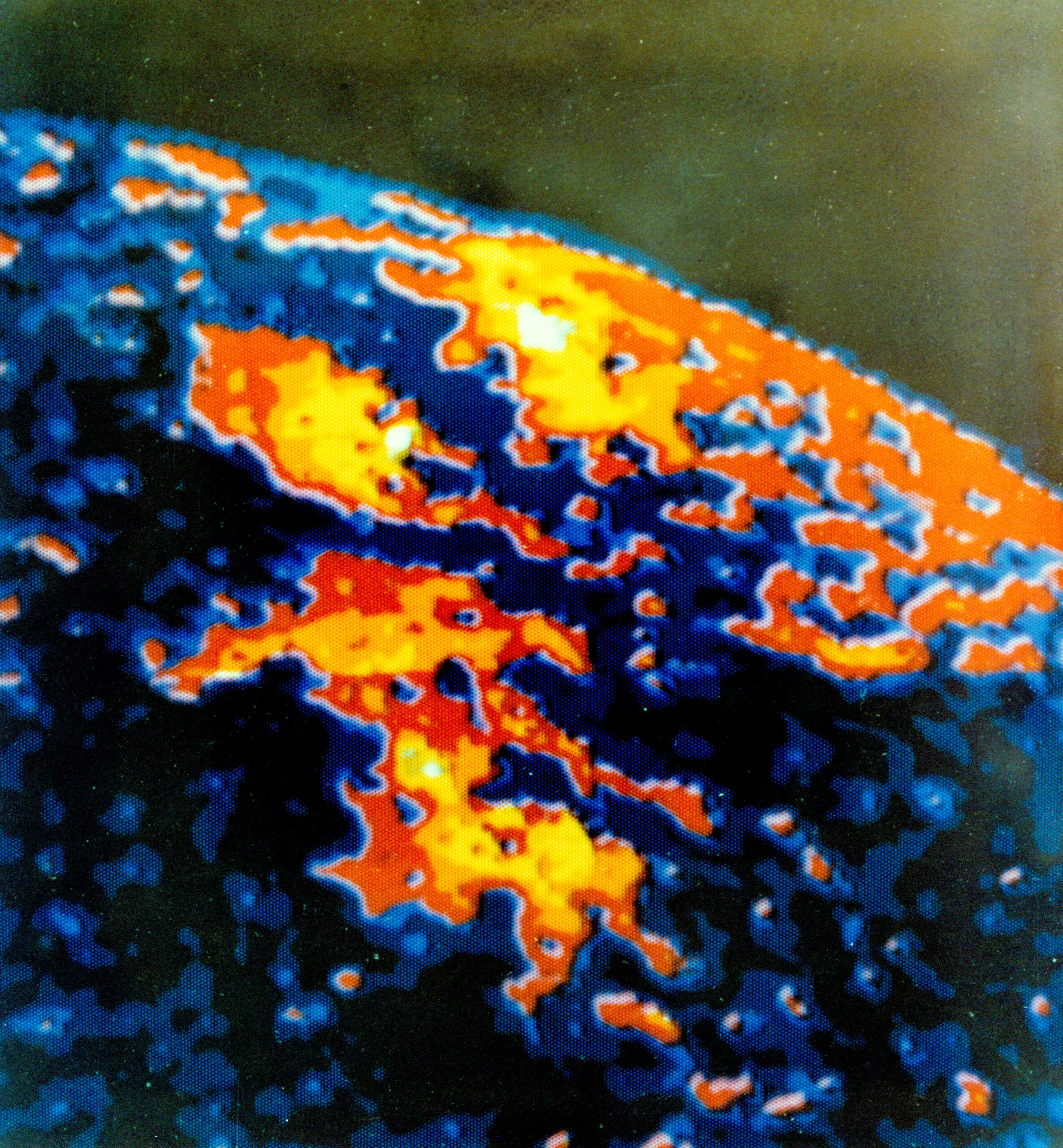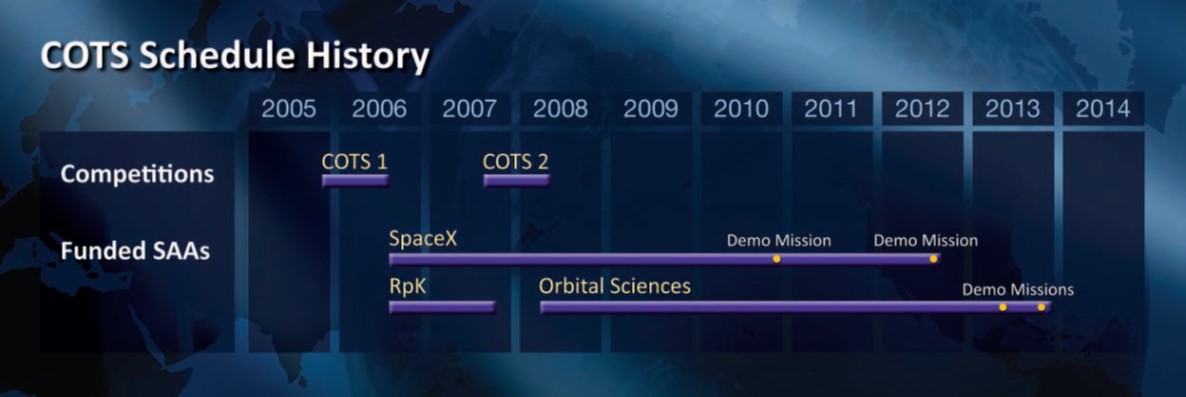3 min read Preparations for Next Moonwalk Simulations Underway (and Underwater) In the dawn of the Space Age, a group of scientists and engineers from the Naval Research Laboratory (NRL) had their eye on a new frontier: the uncharted expanse of space. Project Vanguard, initiated in 1955, aimed to launch the first American satellite into Earth orbit as part of the International Geophysical Year (July 1957 to December 1958). Led by NRL, it envisioned a three-stage rocket design and emphasized scientific instrumentation over military application while showcasing American ingenuity. Despite…
Read MoreTag: NASA History
The Iconic Photos from STS-41B: Documenting the First Untethered Spacewalk
4 Min Read The Iconic Photos from STS-41B: Documenting the First Untethered Spacewalk Astronaut Bruce McCandless II, STS-41B mission specialist, reaches his maximum distance from space shuttle Challenger before returning to the spacecraft using the Manned Maneuvering Unit (MMU). Credits: NASA As astronaut Bruce McCandless II flew the Manned Maneuvering Unit (MMU) out of the space shuttle Challenger’s payload bay for the first time on February 7, 1984, many in the agency were fearful about the use of a self-propelled and untethered backpack in space. (Previous spacewalkers remained connected to…
Read More30 Years Ago: STS-60, the First Shuttle-Mir Mission
On Feb. 3, 1994, space shuttle Discovery took off on its 18th flight, STS-60. Its six-person crew of Commander Charles F. Bolden, Pilot Kenneth S. Reightler, and Mission Specialists N. Jan Davis, Ronald M. Sega, Franklin R. Chang-Díaz, who served as payload commander, and Sergei K. Krikalev of the Russian Space Agency, now Roscosmos, flew the first mission of the Shuttle-Mir Program. Other objectives of the mission included the first flight of the Wake Shield Facility, a free-flying satellite using the ultra-vacuum of space to generate semi-conductor films for advanced…
Read MoreNASA Glenn Established in Cleveland in 1941
3 Min Read NASA Glenn Established in Cleveland in 1941 A model of the new campus shows that it contained nine primary buildings—Administration, Flight Research, Engine Research, Technical Services, Fuels and Lubrication, Engine Propeller Research, Research Equipment, and the Altitude Wind and Icing Research tunnels. Credits: NASA On January 23, 1941, local authorities, military representatives, and agency officials assembled in Cleveland to initiate construction of the National Advisory Committee for Aeronautics (NACA) new research laboratory. NACA Director of Research George Lewis stated, “I feel confident today in saying that this…
Read More55 Years Ago: Six Months Until the Moon Landing
The new year of 1969 dawned with optimism that NASA would meet President John F. Kennedy’s goal of landing a man on the Moon and returning him safely to the Earth. The previous year saw four Apollo missions, two uncrewed and two carrying three astronauts each, test different components of the lunar landing architecture, culminating with Apollo 8’s December flight around the Moon. Challenges remaining for the new year included testing the Lunar Module (LM) with a crew, first in Earth orbit, and then in lunar orbit, a flight that…
Read More50 Years Ago: Skylab 4 Astronauts Begin Record-Breaking Third Month in Space
In space since their launch on Nov. 16, 1973, Skylab 4 astronauts Gerald P. Carr, Edward G. Gibson, and William R. Pogue began the new year of 1974 roughly halfway through their planned 84-day mission. By the end of January, the three rookies held the records for the longest single space flight and the most cumulative time spent in space. Mission managers monitored the station’s and the astronauts’ health and weekly concurred with extending the mission to its full duration as the astronauts accomplished a record number of science observations…
Read More10 Years Ago: The First Operational Cygnus Cargo Mission to the Space Station
To replace the cargo and crew transportation services to and from the International Space Station following the retirement of the space shuttle in 2011, the United States developed a novel approach to procure those services from American commercial entities. On Jan. 9, 2014, Orbital Sciences Corporation, one of two companies selected initially to provide cargo transportation services, launched the first operational mission of its Cygnus spacecraft. During its one-month stay at the space station, the onboard Expedition 38 crew unloaded its cargo and then filled it with trash and unneeded…
Read MoreNASA’s Deep Space Network Turns 60 and Prepares for the Future
The radio antennas of the NASA’s Canberra Deep Space Communications Complex are located near the Australian capital. It’s one of three Deep Space Network complexes around the world that keep the agency in contact with over 40 space missions. The DSN marks its 60th anniversary in December 2023. NASA/JPL-Caltech A single radio antenna dish stands alone at the Deep Space Network’s Canberra complex in this photo from 1969, six years after the DSN was founded. Canberra now consists of three 34-meter (112-foot) antennas and one 70-meter (230-foot) antenna. NASA/JPL-Caltech The…
Read MoreAn Apollo 8 Christmas Dinner Surprise: Turkey and Gravy Make Space History
6 min read Preparations for Next Moonwalk Simulations Underway (and Underwater) On Christmas Day in 1968, the three-man Apollo 8 crew of Frank Borman, Jim Lovell, and Bill Anders found a surprise in their food locker: a specially packed Christmas dinner wrapped in foil and decorated with red and green ribbons. Something as simple as a “home-cooked meal,” or as close as NASA could get for a spaceflight at the time, greatly improved the crew’s morale and appetite. More importantly, the meal marked a turning point in space food history.…
Read MoreContributions of the DC-8 to Earth System Science at NASA: A Workshop
Call for Papers Date: August 13–14, 2024Location: Washington, D.C. Jointly organized by the NASA History Office and the Earth Science Division, this workshop seeks to document the important contributions of airborne campaigns implemented on NASA’s DC-8 Airborne Science Laboratory. The workshop will be a combination of keynote talks, panel discussions, and roundtables. The intention is to publish an anthology of selected papers of key presentations. NASA’s DC-8 aircraft recently completed nearly four decades of service to NASA with its retirement in early 2024 following the completion of the ASIA-AQ campaign. …
Read More